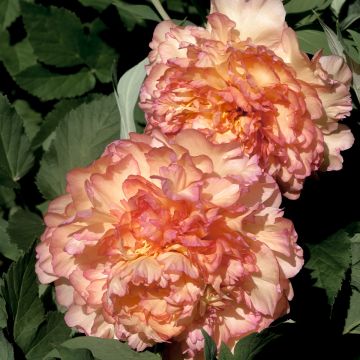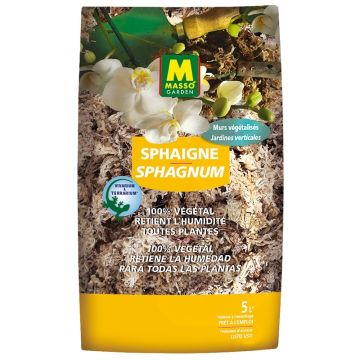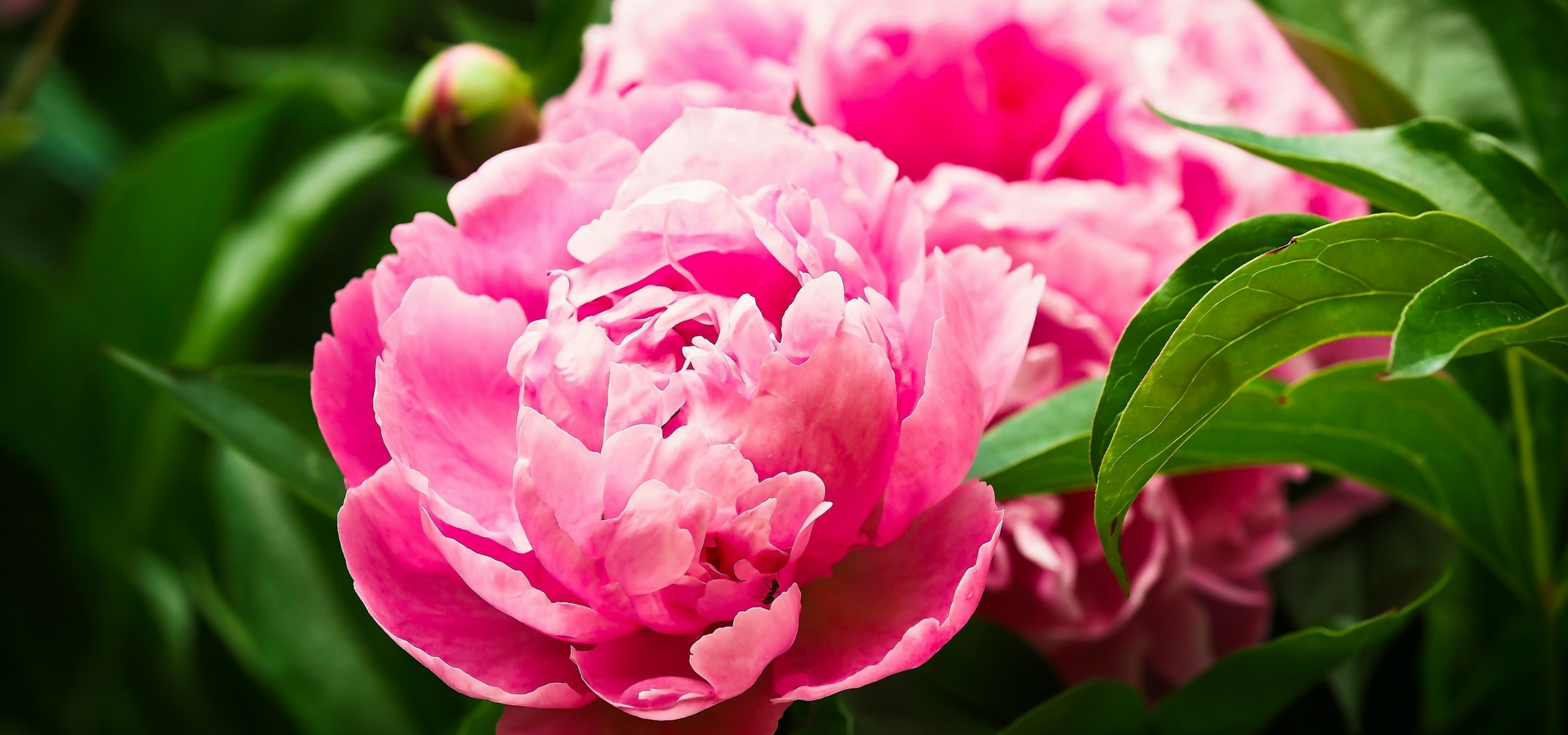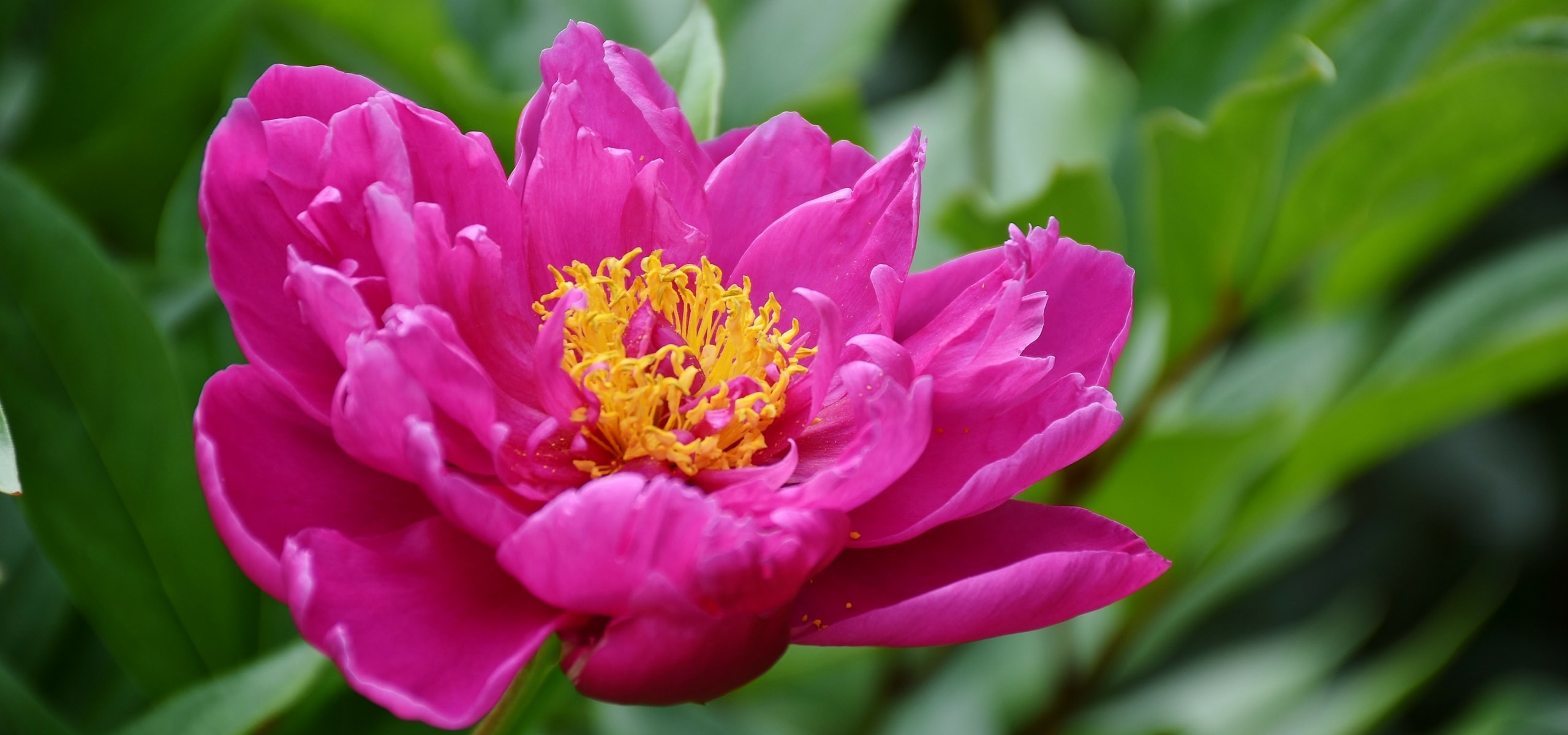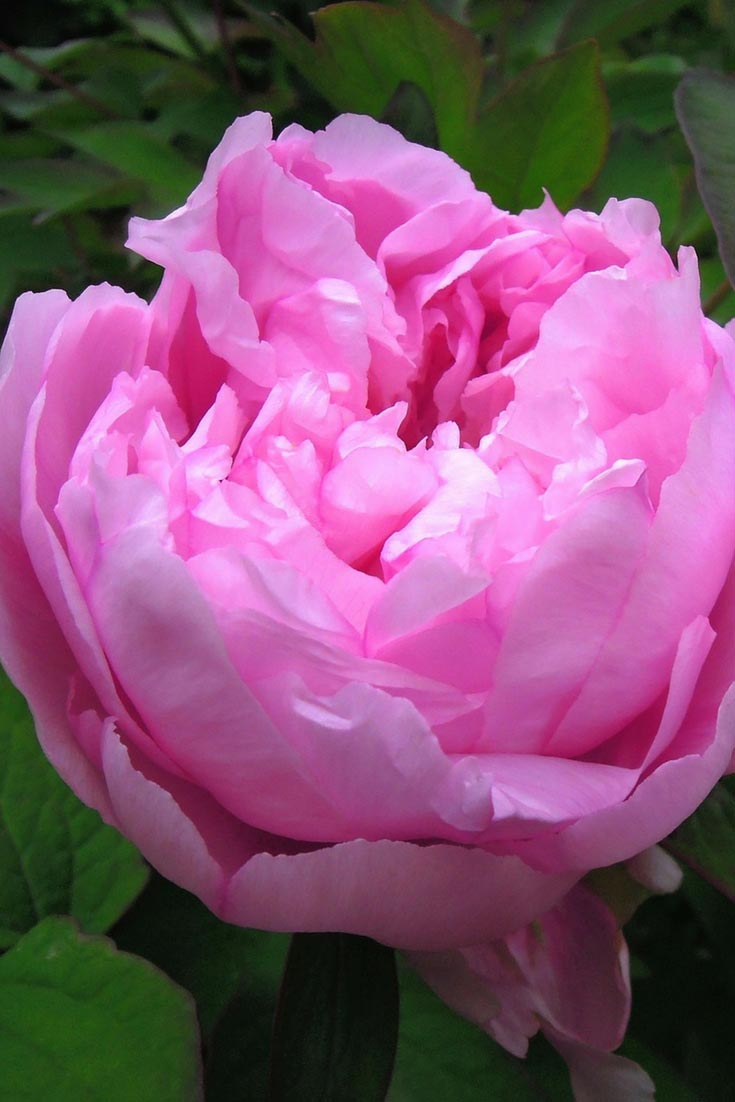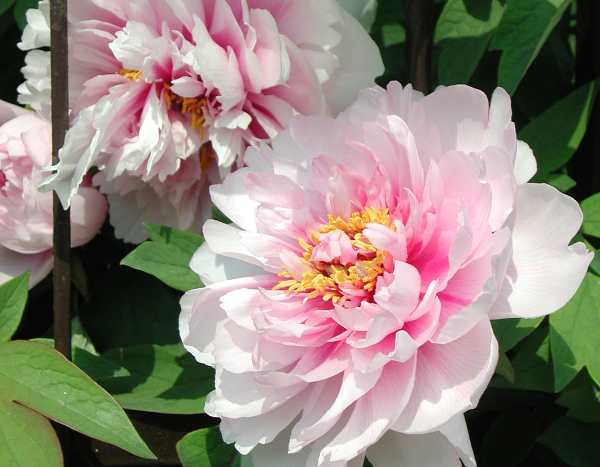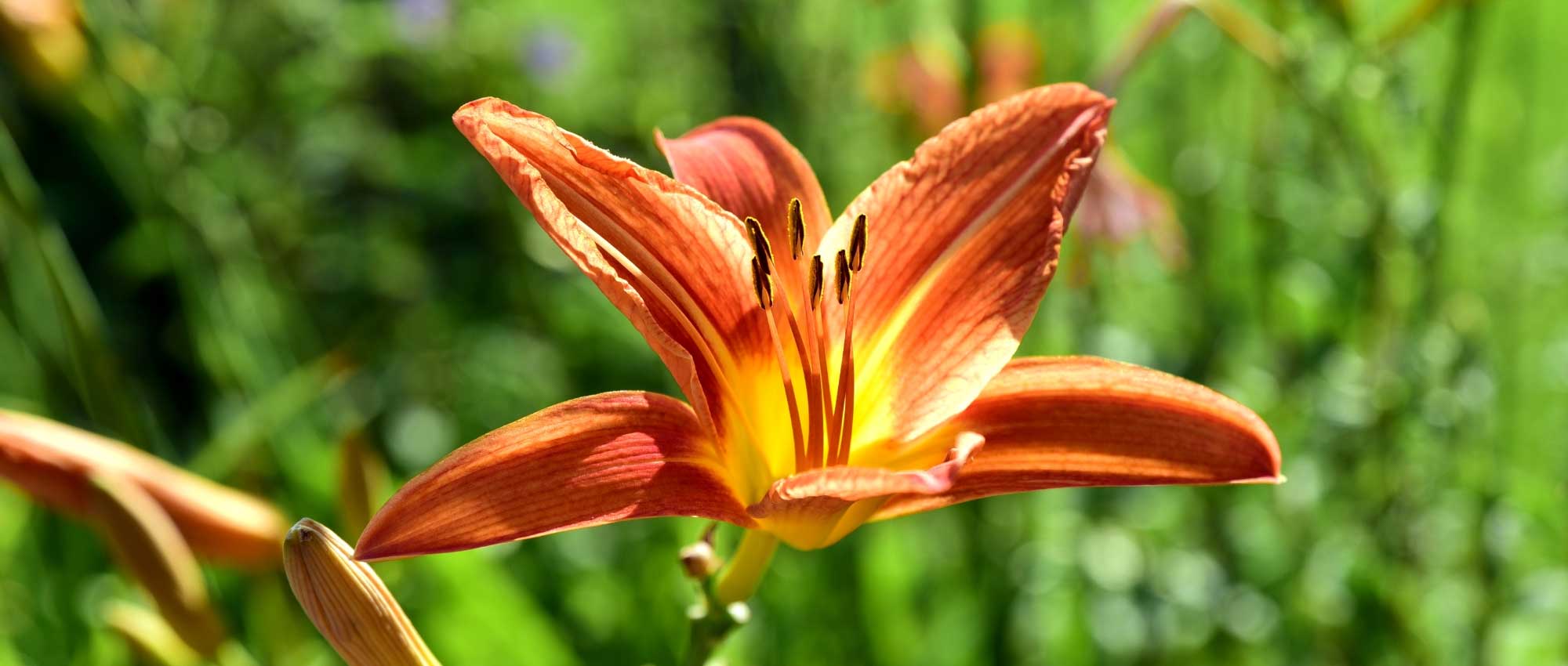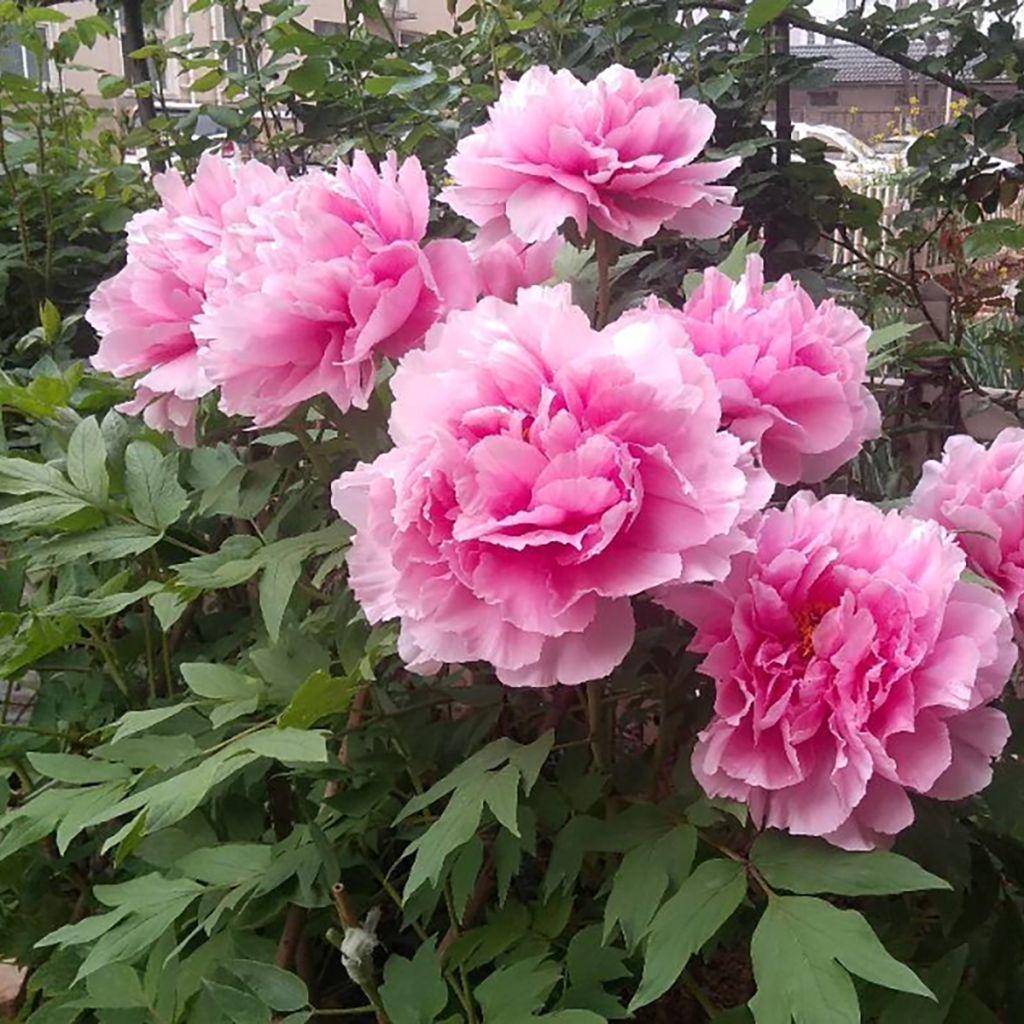

Paeonia x suffruticosa Cotton Candy - Tree peony
Paeonia x suffruticosa Cotton Candy - Tree peony
Paeonia x suffruticosa Cotton Candy
Tree Peony
Special offer!
Receive a €20 voucher for any order over €90 (excluding delivery costs, credit notes, and plastic-free options)!
1- Add your favorite plants to your cart.
2- Once you have reached €90, confirm your order (you can even choose the delivery date!).
3- As soon as your order is shipped, you will receive an email containing your voucher code, valid for 3 months (90 days).
Your voucher is unique and can only be used once, for any order with a minimum value of €20, excluding delivery costs.
Can be combined with other current offers, non-divisible and non-refundable.
Why not try an alternative variety in stock?
View all →This plant carries a 12 months recovery warranty
More information
We guarantee the quality of our plants for a full growing cycle, and will replace at our expense any plant that fails to recover under normal climatic and planting conditions.
Would this plant suit my garden?
Set up your Plantfit profile →
Description
Paeonia x suffruticosa 'Cotton Candy' (Hua Jing) is a mid-season variety of tree peony, adorned with large, double, delicately crumpled flowers in spring, blending soft pink and pearly white. Its lush foliage and bushy habit make this large plant a wonderful standalone specimen. Its spectacular and refined spring flowering brings a very beautiful romantic touch to the garden. This very hardy shrub will live for many long years without requiring much care. Plant in well-drained soil, in full sun or partial shade, sheltered from strong winds to protect its large flowers.
The tree peony 'Cotton Candy' is also sold under its Chinese name 'Hua Jing', which could be translated as "magnificent serenity" or "peaceful splendour". It is a descendant of Paeonia x suffruticosa or moutan peony, a complex hybrid originating from central China. This plant, cultivated for about 1500 years in China and two centuries in Europe, has given rise to numerous cultivars with single or double flowers in all colours, except true blue. Unlike the herbaceous "Chinese" peonies, Paeonia x suffruticosa produces woody branches, one or several small trunks and sparsely divided, knotty branches. Its foliage is deciduous, developing in spring and then falling in autumn. All peonies belong to the Paeoniaceae family.
The 'Cotton Candy' tree peony forms a sparsely branching bush with a rounded habit, reaching between 1.20 m and 1.50 m in all directions depending on growing conditions. The short, upright stems bear deeply lobed, strongly veined, medium green leaves. They turn yellow in autumn before falling. The flowering of this variety lasts approximately 3 weeks between late April and late May, in the middle of the tree peony season. A three-year-old plant will bear a single flower in its first year, but up to 50 after 20 years of cultivation. The large, rounded flower buds open into very double corollas, held upright or horizontally, measuring 15 to 20 cm in diameter. The flower colour is a very pale pink on the periphery, with a deeper pink centre. The dark red heart of the flower is occupied by golden yellow stamens, visible as the flower begins to fade.
A tree peony requires time, but it rewards the patient gardener. Over the years, it becomes a living spectacle, laden with opulent flowers in spring. An old specimen is a sight to behold, either on its own or at the heart of a bed of lower bushes. In the garden, Paeonia suffruticosa 'Cotton Candy' will be splendid, placed against a wall, in front of a hedge or in a border, sheltered from the wind. It will pair wonderfully with peonies of other colours – pure white, deep pink, purple or mauve – and with cluster-flowered bush roses. It also harmonises with perennials that have complementary flowering times, such as Nepetas.
Flowering
Foliage
Plant habit
Botanical data
Paeonia
x suffruticosa
Cotton Candy
Paeoniaceae
Tree Peony
Paeonia x suffruticosa Hua Jing
Cultivar or hybrid
Planting and care
It is preferable to position the Tree Peony 'Cotton Candy' in morning sun in southern regions or in full sun in northern regions, as 6 hours of daily sunlight are necessary for beautiful flowering. Avoid scorching locations. Plant from September to May, except during frost periods, in fertile, deep, slightly acidic, neutral or even slightly chalky soil, moist but well-drained to prevent root rot. Once well-established in deep ground, tree peonies require no summer watering, particularly early spring-flowering varieties. Their cold resistance is excellent, but flower buds may be damaged by strong or dry cold winds.
Easy-going tree peonies require minimal maintenance but deserve careful planting. During planting, dig a large hole 40-50cm deep and at least as wide. Fill it with a mixture of garden soil, leaf mould, and river sand or gravel if your soil is very heavy and compact. Add crushed horn, bone meal and dried blood to the bottom of the planting hole. Avoid packing plants too tightly for proper aeration. Tree peonies dislike root competition from other plants, so allow 1m spacing from neighbours. The graft must be buried about 20cm deep so the plant gradually becomes independent from its rootstock. Water generously but infrequently (every 8-15 days) during the first two years from March to September. Peonies do not like being moved after planting. Avoid pruning unless the base becomes bare. If so, prune at the level of basal shoots. Provide a stake to support flowering stems and remove faded flowers during the season.
Planting period
Intended location
Care
Planting & care advice
This item has not been reviewed yet - be the first to leave a review about it.
Haven't found what you were looking for?
Hardiness is the lowest winter temperature a plant can endure without suffering serious damage or even dying. However, hardiness is affected by location (a sheltered area, such as a patio), protection (winter cover) and soil type (hardiness is improved by well-drained soil).

Photo Sharing Terms & Conditions
In order to encourage gardeners to interact and share their experiences, Promesse de fleurs offers various media enabling content to be uploaded onto its Site - in particular via the ‘Photo sharing’ module.
The User agrees to refrain from:
- Posting any content that is illegal, prejudicial, insulting, racist, inciteful to hatred, revisionist, contrary to public decency, that infringes on privacy or on the privacy rights of third parties, in particular the publicity rights of persons and goods, intellectual property rights, or the right to privacy.
- Submitting content on behalf of a third party;
- Impersonate the identity of a third party and/or publish any personal information about a third party;
In general, the User undertakes to refrain from any unethical behaviour.
All Content (in particular text, comments, files, images, photos, videos, creative works, etc.), which may be subject to property or intellectual property rights, image or other private rights, shall remain the property of the User, subject to the limited rights granted by the terms of the licence granted by Promesse de fleurs as stated below. Users are at liberty to publish or not to publish such Content on the Site, notably via the ‘Photo Sharing’ facility, and accept that this Content shall be made public and freely accessible, notably on the Internet.
Users further acknowledge, undertake to have ,and guarantee that they hold all necessary rights and permissions to publish such material on the Site, in particular with regard to the legislation in force pertaining to any privacy, property, intellectual property, image, or contractual rights, or rights of any other nature. By publishing such Content on the Site, Users acknowledge accepting full liability as publishers of the Content within the meaning of the law, and grant Promesse de fleurs, free of charge, an inclusive, worldwide licence for the said Content for the entire duration of its publication, including all reproduction, representation, up/downloading, displaying, performing, transmission, and storage rights.
Users also grant permission for their name to be linked to the Content and accept that this link may not always be made available.
By engaging in posting material, Users consent to their Content becoming automatically accessible on the Internet, in particular on other sites and/or blogs and/or web pages of the Promesse de fleurs site, including in particular social pages and the Promesse de fleurs catalogue.
Users may secure the removal of entrusted content free of charge by issuing a simple request via our contact form.
The flowering period indicated on our website applies to countries and regions located in USDA zone 8 (France, the United Kingdom, Ireland, the Netherlands, etc.)
It will vary according to where you live:
- In zones 9 to 10 (Italy, Spain, Greece, etc.), flowering will occur about 2 to 4 weeks earlier.
- In zones 6 to 7 (Germany, Poland, Slovenia, and lower mountainous regions), flowering will be delayed by 2 to 3 weeks.
- In zone 5 (Central Europe, Scandinavia), blooming will be delayed by 3 to 5 weeks.
In temperate climates, pruning of spring-flowering shrubs (forsythia, spireas, etc.) should be done just after flowering.
Pruning of summer-flowering shrubs (Indian Lilac, Perovskia, etc.) can be done in winter or spring.
In cold regions as well as with frost-sensitive plants, avoid pruning too early when severe frosts may still occur.
The planting period indicated on our website applies to countries and regions located in USDA zone 8 (France, United Kingdom, Ireland, Netherlands).
It will vary according to where you live:
- In Mediterranean zones (Marseille, Madrid, Milan, etc.), autumn and winter are the best planting periods.
- In continental zones (Strasbourg, Munich, Vienna, etc.), delay planting by 2 to 3 weeks in spring and bring it forward by 2 to 4 weeks in autumn.
- In mountainous regions (the Alps, Pyrenees, Carpathians, etc.), it is best to plant in late spring (May-June) or late summer (August-September).
The harvesting period indicated on our website applies to countries and regions in USDA zone 8 (France, England, Ireland, the Netherlands).
In colder areas (Scandinavia, Poland, Austria...) fruit and vegetable harvests are likely to be delayed by 3-4 weeks.
In warmer areas (Italy, Spain, Greece, etc.), harvesting will probably take place earlier, depending on weather conditions.
The sowing periods indicated on our website apply to countries and regions within USDA Zone 8 (France, UK, Ireland, Netherlands).
In colder areas (Scandinavia, Poland, Austria...), delay any outdoor sowing by 3-4 weeks, or sow under glass.
In warmer climes (Italy, Spain, Greece, etc.), bring outdoor sowing forward by a few weeks.

































